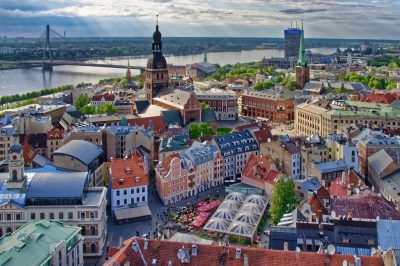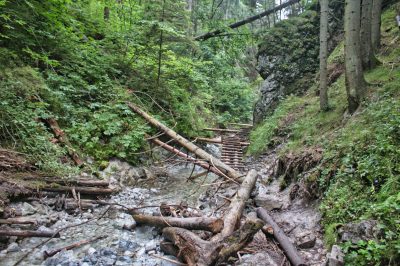County brief | |
|---|---|
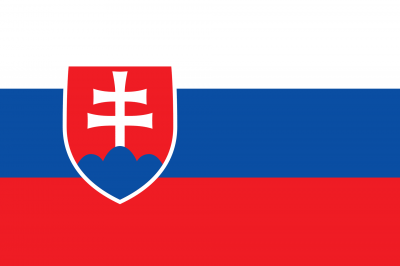 | |
Population |
5,45 Mio. |
Area |
49.000 km² |
Form of goverment |
Republic |
Currency |
Euro |
Capital |
Bratislava |
Official languages |
Slovakian |
Religions |
Roman Catholic, Protestant, Greek Catholic |
Country code |
+421 |
National Holiday |
Several |
Slovakia is a relatively young state and came into being only in 1993 after the dissolution of the union with the Czech Republic. However, the country has been settled since ancient times. And over time, different cultures have left their mark here. In Slovakia you will find Roman ruins, medieval Hungarian churches, but also magnificent buildings from Austro-Hungarian times. And in Bratislava, the up-and-coming capital at the Austrian border, many unusual building projects of socialist modernism were realized in the days of Czechoslovakia.
In addition to the rich cultural heritage of the landlocked country, which is roughly the size of Lower Saxony and a bit smaller than West Virginia in terms of area, it is above all nature that attracts many visitors to the country. About two-thirds of Slovakia is dominated by the western part of the Carpathian Mountains. So if you are interested in hiking and winter sports, you will find almost heavenly conditions here!
But also the west and south of the country, which are relatively flat, have their charm. Here you can roam through the wine-growing areas or walk in the footsteps of the Romans. Or you can take a relaxing cruise from Bratislava on the Danube, which will take you all the way to Hungary.
So there are plenty of reasons to visit Slovakia! On the following pages you will learn more about the country. We show you the most beautiful cities and regions and give you important tips for your visit to Slovakia. In addition, you can read many exciting background articles on wildeast.blog.
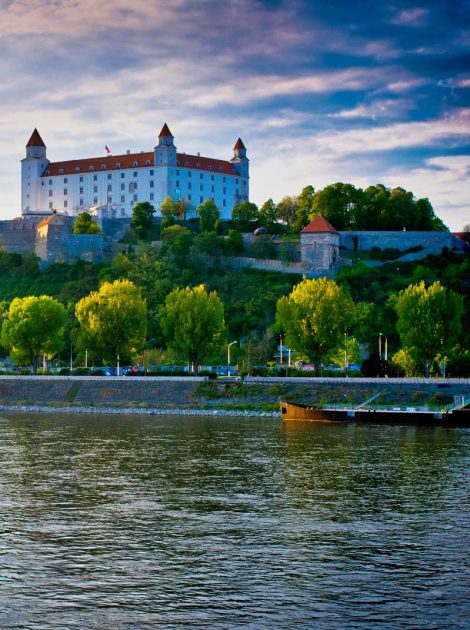
The Slovak capital is just a stone’s throw awy from the Austrian border. The former Preßburg was the coronation site of the Hungarian kings and therefore has a number of magnificent buildings from times gone by. For a European capital, however, Bratislava is still very cozy. Across the Danube, a new part of the city was built during socialist times, offering an exciting architectural contrast to the medieval city center.
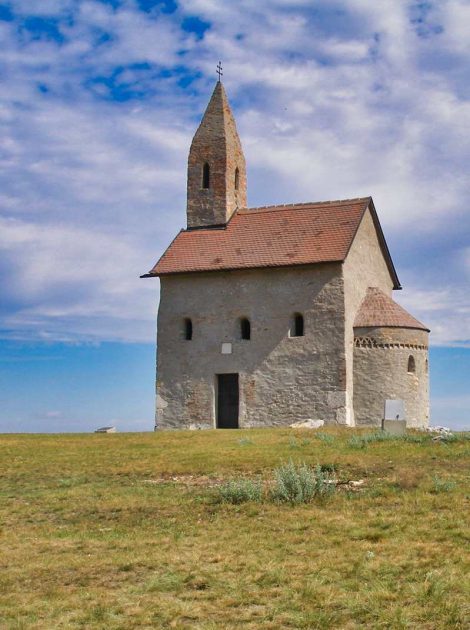
In ancient times, important trade routes passed through western Slovakia. Along the Danube floodplains are some of the most charming landscapes in the country. Whether at the Devín or further downstream in the border area with Hungary – here, above all, you can relax well and taste one of the excellent wines. Tours by cruise ship are popular. But a visit to Nitra is also worthwhile, the oldest city in Slovakia together with Bratislava.
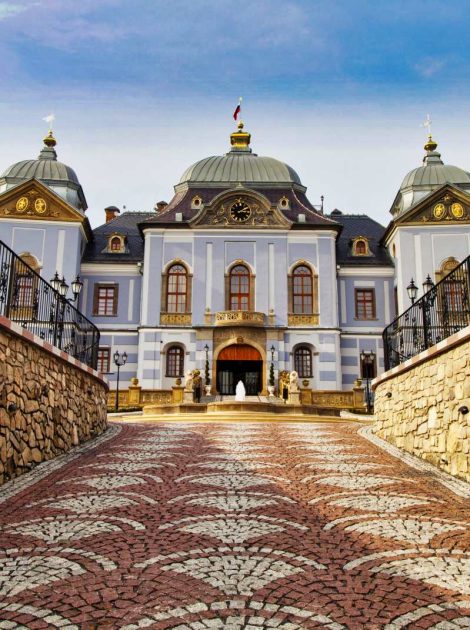
The heart of Slovakia is characterized above all by its mountain landscape. On the border with Poland run the High Tatras mountains, which are ideal for hikers and winter sports enthusiasts. On the Slovak side, the Tatras are usually much less crowded than in Poland, so you often have the beautiful mountain landscape almost to yourself. Mining towns such as the UNESCO World Heritage Banská Štiavnica and the tiny village of Vlkolínec with its unique wooden houses offer those interested in culture enough variety from the landscape.
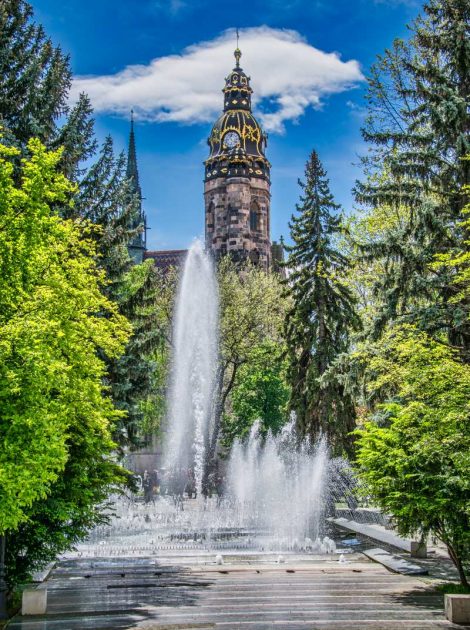
Košice with its listed city center and Prešov are the two most important centers of the quadrilateral bordering Poland, Hungary and Ukraine. The landscape promises an interesting mix of karst caves, high mountains and is interspersed with castles and the wooden Carpathian churches characteristic of the region. The region is one of the most charming in the country, but has yet to receive much attention from Western tourists.
To prepare your trip even better, we have created a packing list for you. It contains recommendations for things that will make your trip more comfortable and secure.
Finding cheap flights with good connections is not always easy. We are pros at finding the cheapest and best flights. Here we share our experiences with you.
Money withdrawel can be extremely expensive. Especially those who pay a lot with foreign currencies should therefore have a travel credit card, which is free of charge or offers low fees. We tested the best.
